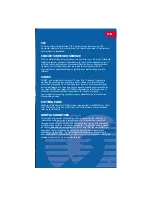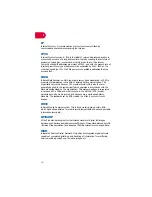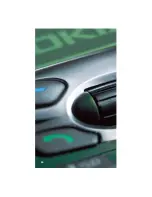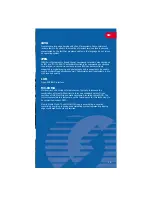
1-3
1G
1st Generation Mobile Telecommunications. First generation systems are
analog and were designed for voice transfer. AMPS, NMT, TACS, etc are
included among first generation systems. With the recent proliferation of
PDC/PHS in Japan, post-analog technology has advanced rapidly and
consequently only a very few analog systems remain in existence.
2G
2nd Generation Mobile Telecommunications. Second generation systems are
digital and are capable of providing voice/data/fax transfer as well as a range
of other value-added services. At present, second generation systems are still
evolving with ever-increasing data rates via new technologies such as HSCSD
(High Speed Circuit Switched Data) and GPRS (General Packet Radio Service).
Second generation systems include GSM, US-TDMA (lS136), cdmaOne lS-95)
and PDC. US-TDMA/PDC have been structured atop existing first generation
analog technology and are premised on compatibility and parallel operation
with analog networks. GSM/IS-95, on the other hand, are based on an entirely
new concept, and have been subject to increasing adoption worldwide.
3G
3rd Generation Mobile Telecommunications. Third generation mobile
communication systems are scheduled for operational startup in Japan and
Europe in 2001-2002. Applying high-speed data transfer and state-of-the-art
radio terminal technology, third generations systems enable multimedia and
are currently in the process of being standardised under 3GPP. Among the
three types of system to be standardised (i.e. WCDMA-DS, MC-CDMA, UTRA
TDD), Japan and Europe will adopt WCDMA-DS in a strategy to take the lead
through superior service.
3G HARMONISATION
Harmonising of UTRA and cdma2OOO (third generation system in the US). At
present, there are three coinciding technologies under third generation
systems: DS-CDMA (UTRA FDD), MC-CDMA and UTRA TDD. Current chip rate
for both UTRA FDD and TDD is 3.s8Mchips. MC-CDMA adopts the previous
3.8sMchips as is. As a result, transition from the existing 2G to 3G will be
facilitated on a worldwide level. Despite the fact that it will not comprise one
uniform system, convergence of 3G into three systems with maximum
compatibility will still enable achieving the primary 3G goal of service to users
over a seamless worldwide network.
3G.IP
Third generation internet project which will become a part of 3GPP with
release 2000.
6







































